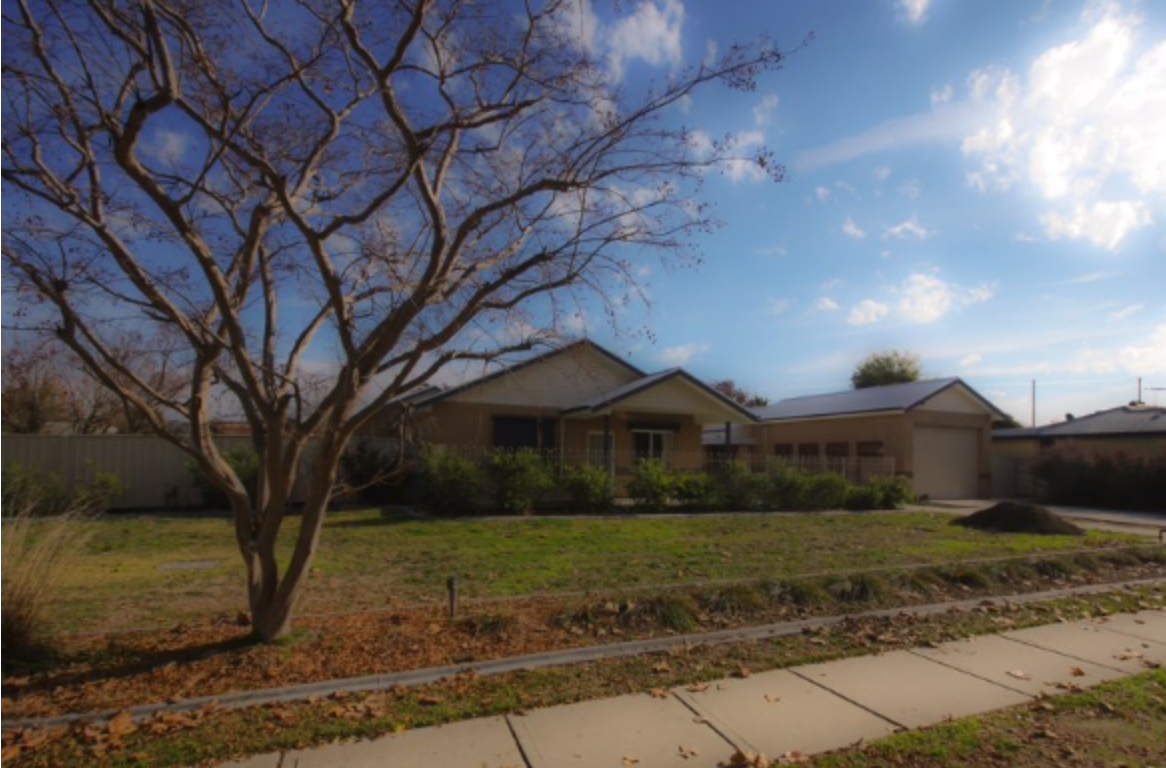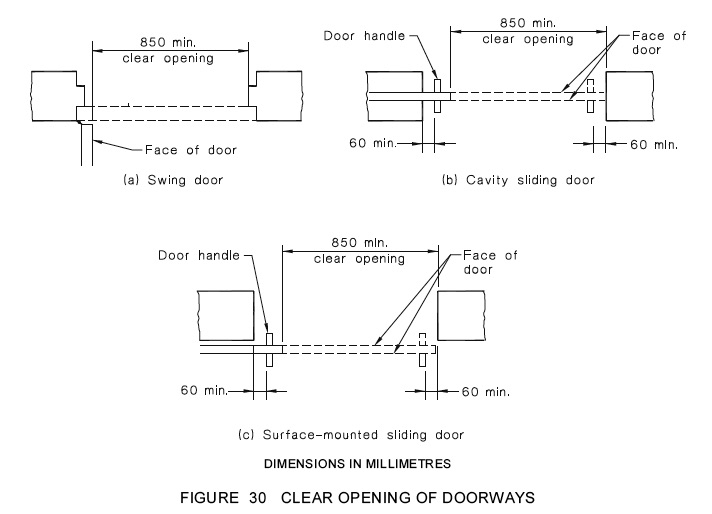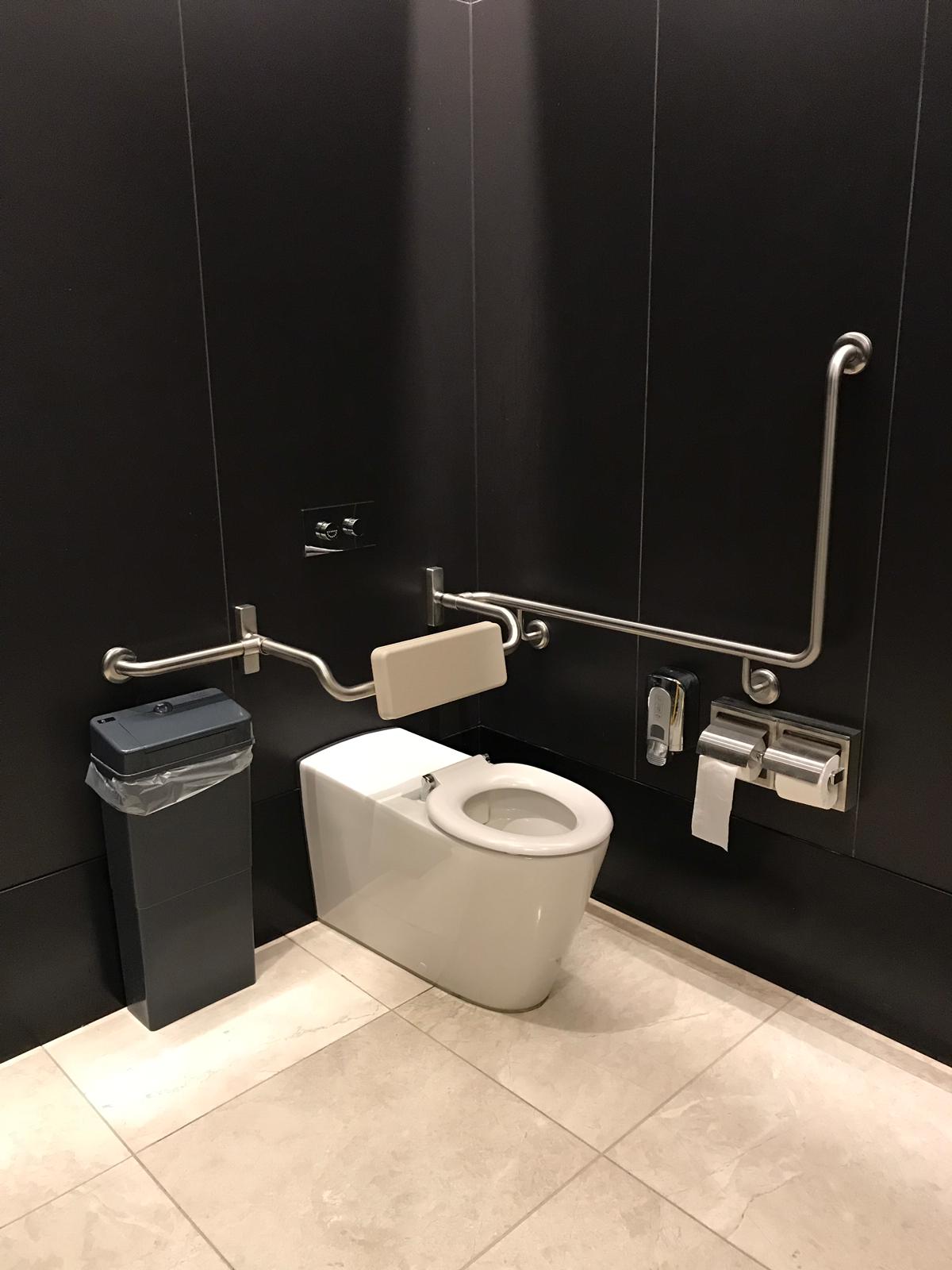SDA Design Standards
NDIS SDA Accredited Assessor

Gary John Finn #SDA000039
Specialist Disability Accommodation (SDA) Design Standards for the NDIS are in transition. Want to know more? The audio content of this video is transcribed here to improve access.
Your proposed project could use an SDA Assessment report. As you know, the N.D.I.S. is being rolled out across the country to more than 600,000 Australians who live with disabilities.
Currently, SDA remains in a transitional period between two acceptable standards.
Where your building is NOT YET CONSTRUCTED, such as in the design phase, compliance with the new SDA STANDARD is required. If the NDIS has granted you an extension of time, your dwelling may be eligible for compliance with the Livable Housing Design Guidelines.
Our objective in preparing your SDA report is to assist you in registering your housing for SDA, in the category that best suits your design or your existing building as the case may be.
There are several categories of homes for registration under N.D.I.S. as SDA. The homes are either New Builds or Existing Stock. New build categories involving renovations of an existing home require a minimum construction expenditure that has been stipulated in the current SDA Pricing and Payments guide!
The home designs must target relevant N.D.I.S. Categories, which could include Improved livability; Fully Accessible; Robust; and, High Physical Support.
Additional rent is provided for, Onsite Overnight Assistance; fire sprinkler installations, and also, Break out rooms for the robust category! Each of the nominated categories has specific inclusion requirements to enable them to be registered.
For enrolment of your dwelling, the NDIS is presently asking for evidence, by way of an occupancy certificate dated after 2016, that demonstrates that the dwelling (or renovation) is "new". Existing Stock is a home that has been occupied by a person who lives with a disability, and, who received government-funded supports prior to 2016 at that address.
Concerning the new SDA Standard, its requirements are demonstrated by a pass or fail certification from an accredited SDA Assessor. Gary Finn of Sydney Access Consultants is an accredited SDA assessor, having extensive experience as an architect in the design and documentation of group homes for state government agencies since 2006, and has accumulated years of full time professional experience in designing & documenting buildings that accommodate people who live with disabilities, since 1980. Sydney Access Consultants continue to provide a design and documentation service, or design advice by review of your architect's plans. Of course, when design services are provided by Gary Finn, he is excluded from certifying that SDA, which is no obstacle to the expedient success of the project.

If your building is registered under the earlier SDA standards, the N.D.I.S. does not require you to update, your existing stock, however, an assessment of the key design elements to ascertain the extent of maintenance and modification may assist you to provide a safer home and workplace that reflects best practices. An upgrade strategy starts with a "walk and talk" audit by Sydney Access Consultants.
There is also a limit on the number of SDA recipients that can reside on each allotment of land stipulated by the NDIS as a Density limit.
The process required, to ensure that your home is suitable for registration into the category of SDA that you prefer, is easily achieved by engaging an accredited SDA Certifier.
An architect with Gary's credentials an accredited SDA Certifier can professionally assist you with the construction, design, and, documentation processes.
Or alternatively, you can engage an accredited SDA Certifier such as Gary, to certify your home at the Design Stage and, then once more upon completion of the building work. To get started, ask Sydney Access Consultants for a fee proposal for one of its professional services.
https://SydneyAccessConsultants.com.au
If you would prefer to discuss this question in person, please complete the following enquiry form including your contact phone number and we will attend to your message as soon as possible. Gary Finn +612 95863111






